专注于SF6气体检测的专业化

How to understand the "1000ppm" stated in the product information? What is the meaning of "5%FS" referred to in the precision unit? What is the meaning of the "RH" mentioned in the humidity unit?
1, ppm is a specific gravity unit, used for gas composition measurement. It is divided into ppmv and ppmw, respectively corresponding to the volume ratio and mass ratio, and all belong to absolute units. Volume ratio refers to the volume number of a certain pure gas contained in the unit reference gas, ppmv is one part per million, that is, 1uL/L. For example, after 1 liter of air is injected with 1 ml of pure SF6 gas to make it uniform, we call the SF6 concentration in this container 1000 ppmv.
2. FS is short for Full Scape, meaning full scale. For example, a certain SF6 sensor purchased has a maximum range of 2000ppm and an accuracy of 2.5%FS, the maximum sampling deviation allowed is 2000*2.5%, and the calculation error is ±50ppm. If the SF6 gas concentration in the environment is detected to be 800ppm, that is, the actual SF6 environmental concentration is between 750ppm and 850ppm.
3, RH is short for Relative Humidity, meaning relative humidity, expressed by RH. It is defined by the dew point temperature (in general, humidity maintained between 45%RH and 65%RH is appropriate).

Relative humidity refers to the amount of water vapor actually contained in the air (absolute humidity) as a percentage of the amount of saturated water vapor at the prevailing temperature (saturated humidity). Relative humidity = absolute humidity/saturated humidity ×100%, in the case of constant temperature, the greater the absolute humidity of the air, the higher the relative humidity, the smaller the absolute humidity, the lower the relative humidity; In the case of constant water vapor content in the air, the higher the temperature, the smaller the relative humidity, the lower the temperature, the higher the relative humidity.
In addition: ① saturated humidity refers to the critical value when water vapor can no longer be dissolved in a unit volume at a certain temperature, that is, when water vapor is dissolved again, condensation will be caused.
The quality of water vapor contained in the unit volume of air is called Absolute Humidity of the air. That is, g(g) of water vapor per m3(cubic meter).
Represents the ratio of the absolute humidity in the air to the absolute humidity at saturation at the same temperature and pressure, and is a percentage. That is, the ratio of the mass of water vapor contained in a wet air to the mass of water vapor contained in saturated air at the same temperature and pressure, this ratio is expressed as a percentage. For example, the common humidity of an equipment room is 60%, that is, the relative humidity.
Relative humidity is the percentage of the actual moisture density contained in the unit volume of air (represented by d1) and the saturated moisture density at the same temperature (represented by d2), that is, RH (%) = d1/ d2 x 100%.
Another method of calculation is: the actual air vapor pressure (p1) and the percentage of saturated vapor pressure at the same temperature (p2), that is, RH (%) = p1/ p2 x 100%.
When there is no significant dry air or wet air in a place, the actual water content is relatively stable and less variable, but the theoretical maximum water content, this denominator term will change.
The higher the air temperature, the more water vapor the atmosphere can carry. So when the temperature is highest in the afternoon, the denominator term is largest, and when the temperature is lowest in the night-morning, the denominator term is smallest, so that the relative humidity will often roller coaster throughout the day.
In real life, the hair dryer used is to increase the theoretical maximum water content of the local area by heating the air, reduce the relative humidity, and speed up the drying of the hair, of course, the wind will also speed up the evaporation of water.
Another important corollary is that because the night-morning temperature is low, the denominator term of relative humidity is low, so the relative humidity of the air is high, and it is easier to reach saturation and fog.
Therefore, the night after the rain clears up, or a clear night, blowing the south wind or east wind to transport water vapor, it is easy to see the fog situation, but during the day, the light heating, the relative humidity denominator item rises, the relative humidity will come down, the fog will disperse.

 EN
EN






 上一条:
上一条: 
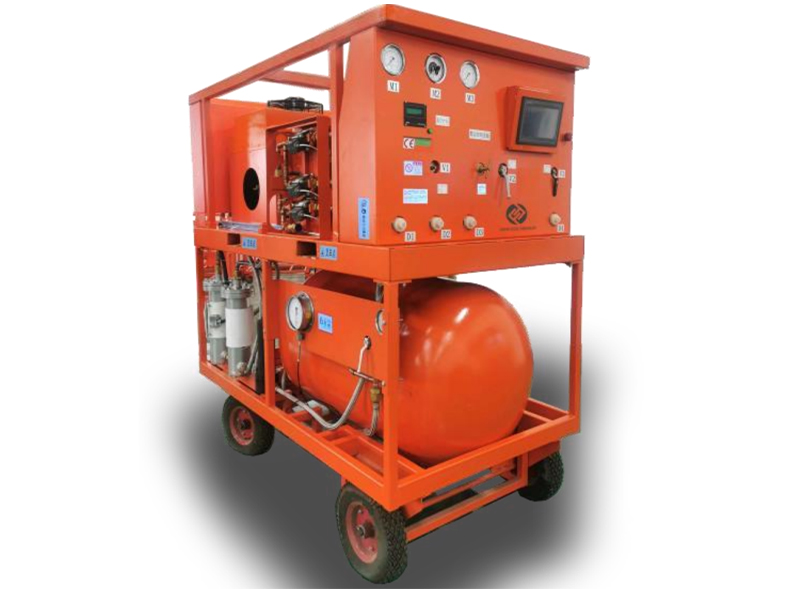
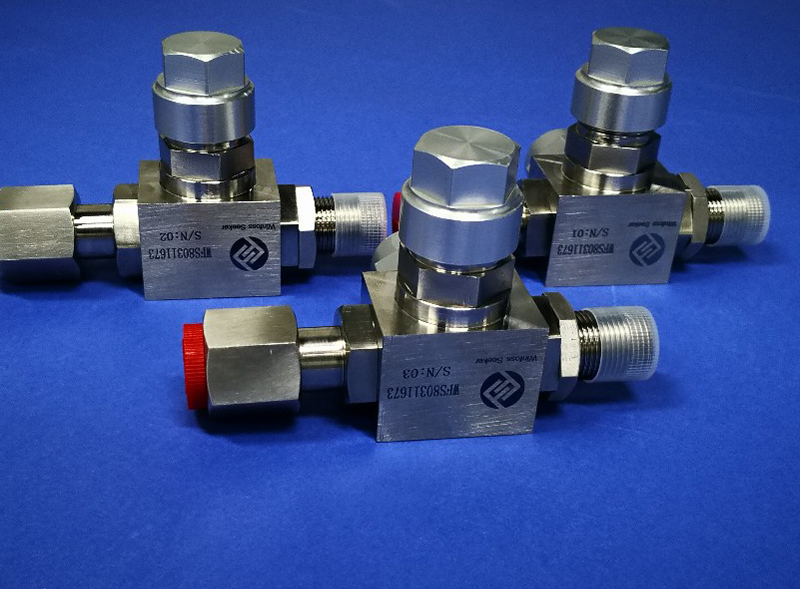
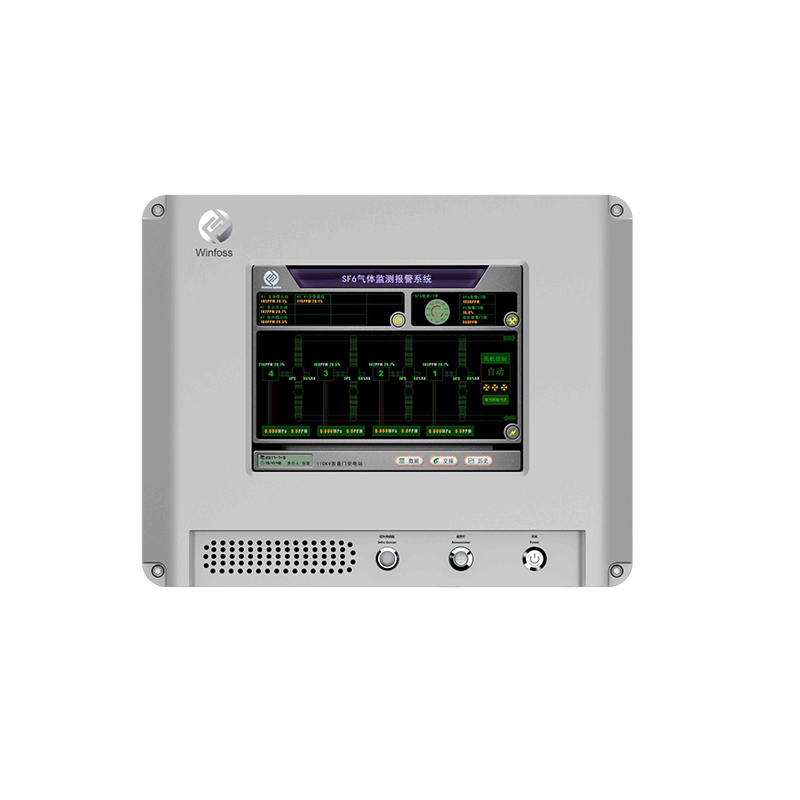
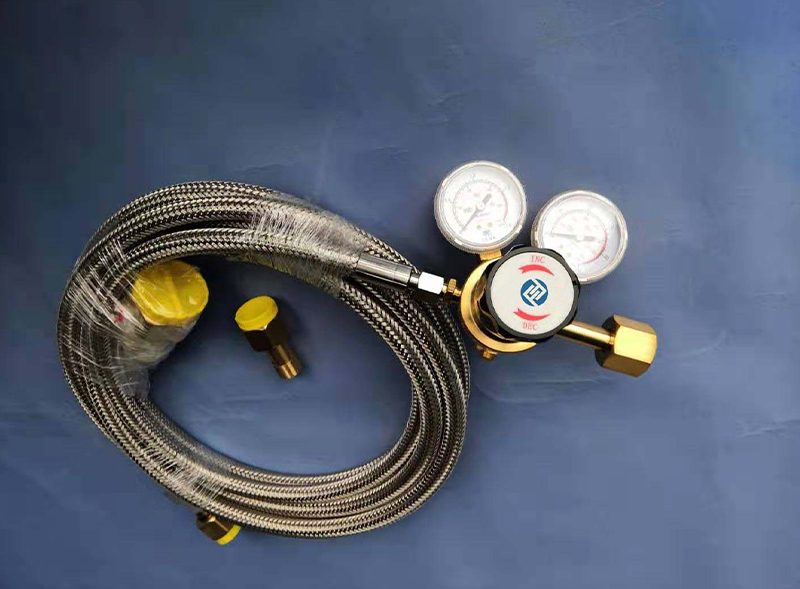
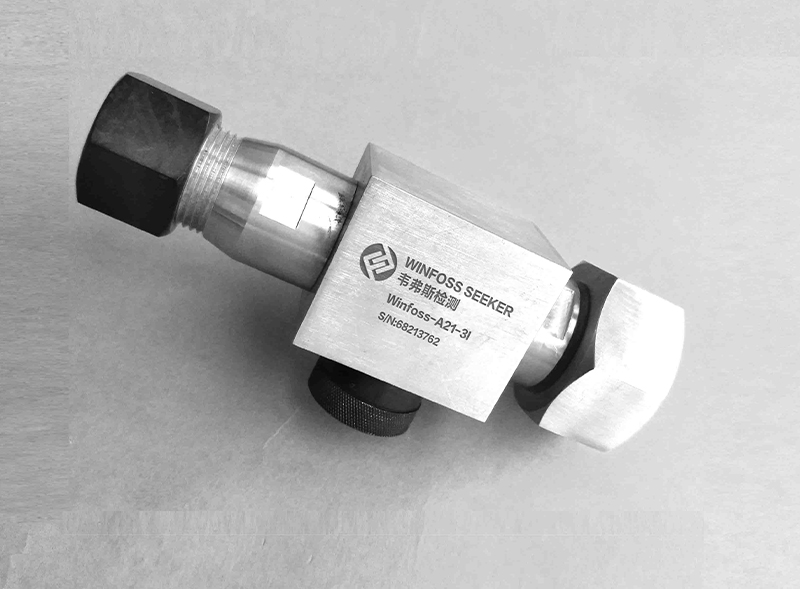
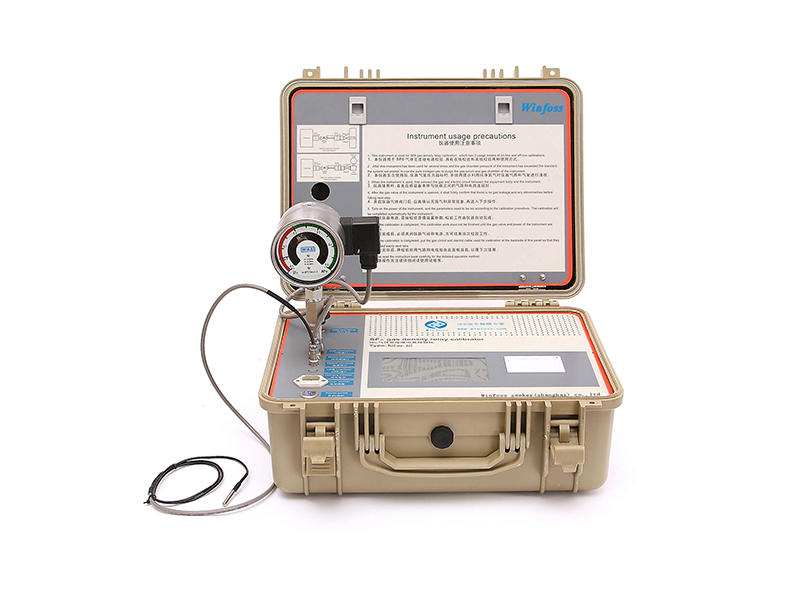
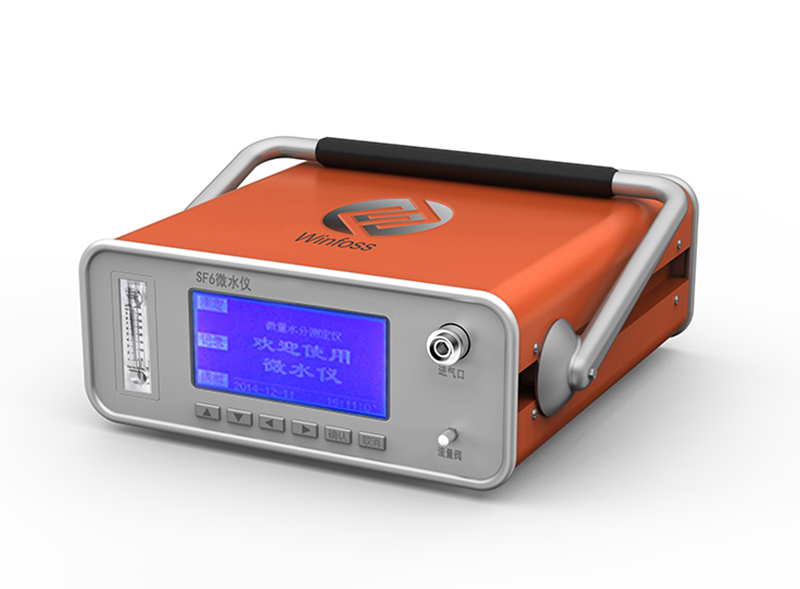
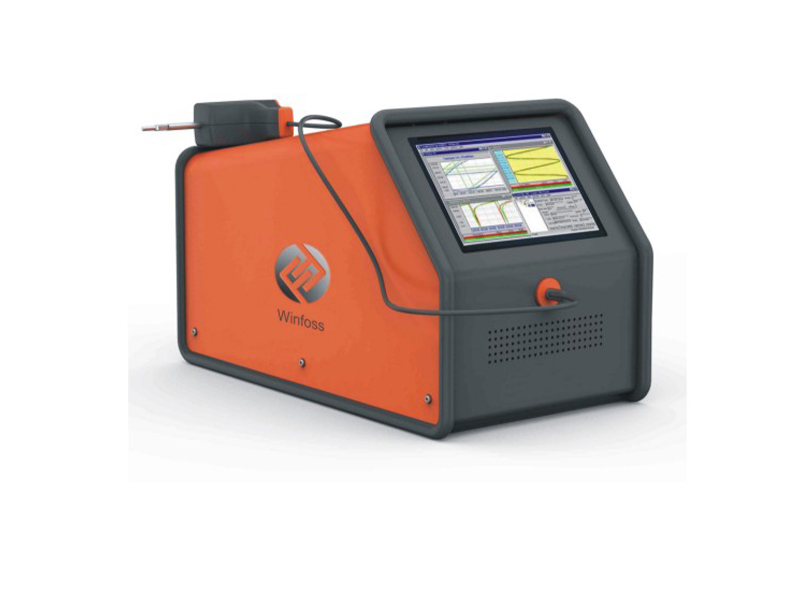

 沪公网安备31011802003762
沪公网安备31011802003762
